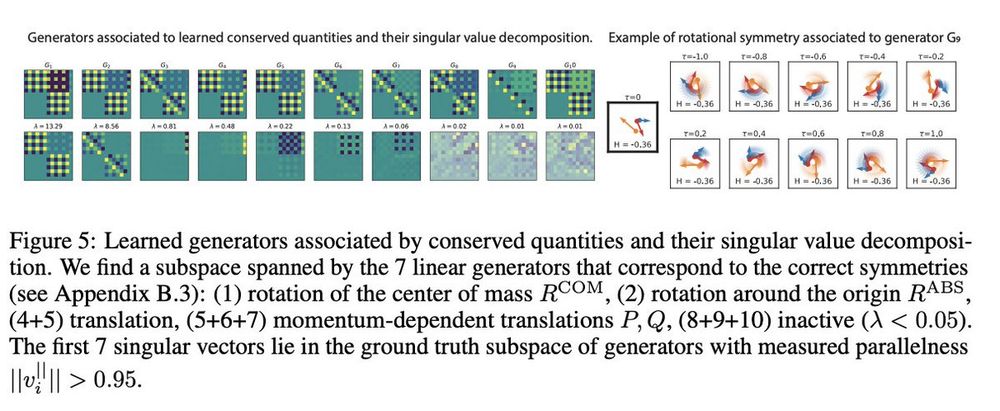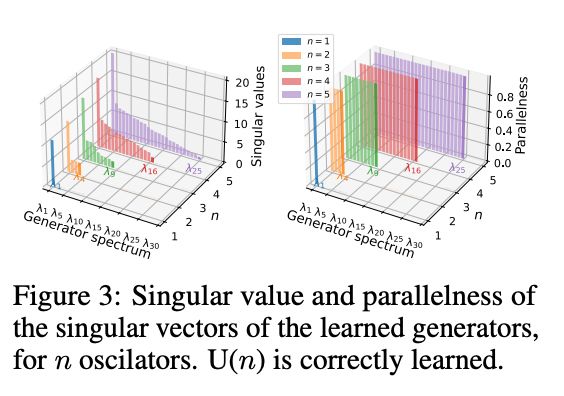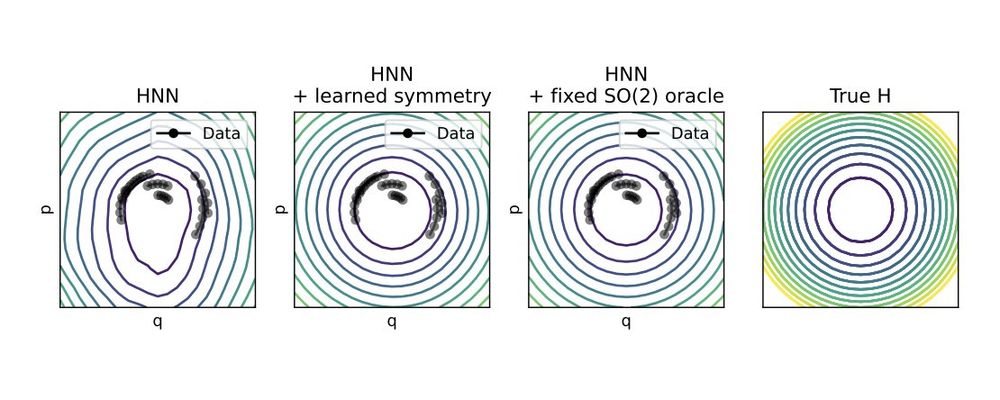Come check out our poster at NeurIPS 2024 in Vancouver.
East Exhibit Hall A-C #4710, Fri 13 Dec 1-4 pm CST
Link: neurips.cc/virtual/2024...
Paper/code: arxiv.org/abs/2410.08087
Thankful to co-authors @mvdw.bsky.social and @pimdehaan for their joint supervision of this project
🧵16/16

Come check out our poster at NeurIPS 2024 in Vancouver.
East Exhibit Hall A-C #4710, Fri 13 Dec 1-4 pm CST
Link: neurips.cc/virtual/2024...
Paper/code: arxiv.org/abs/2410.08087
Thankful to co-authors @mvdw.bsky.social and @pimdehaan for their joint supervision of this project
🧵16/16





